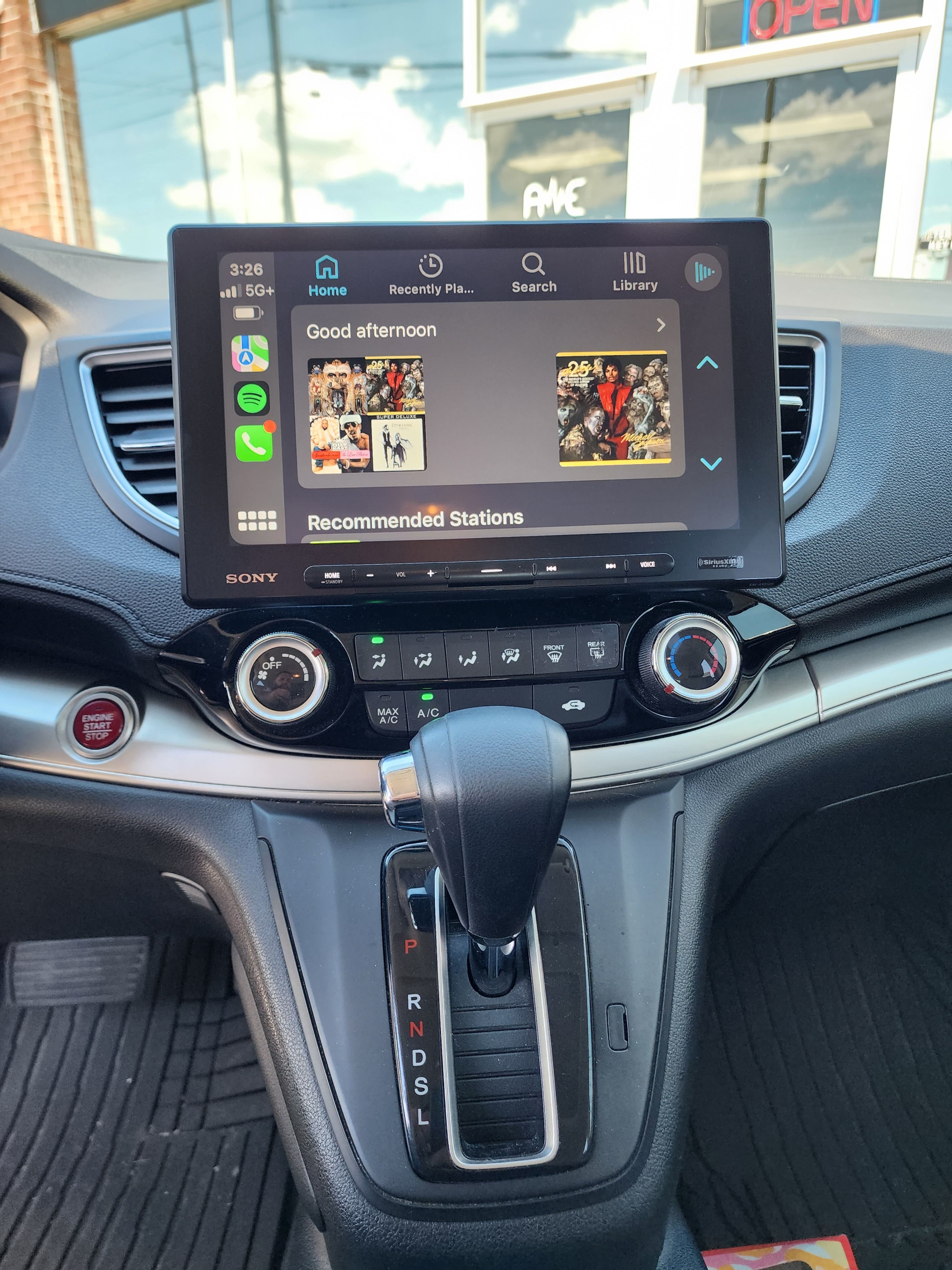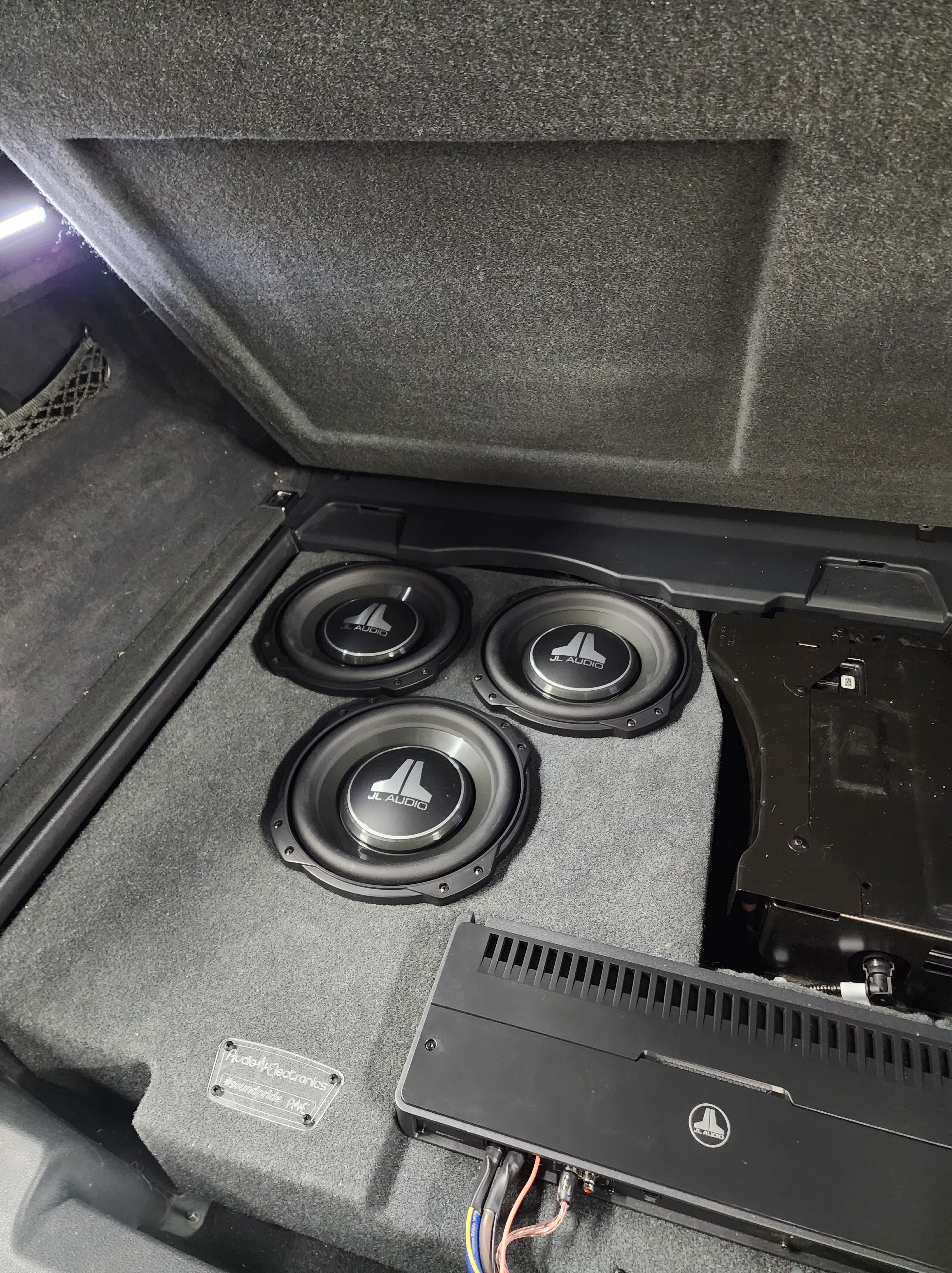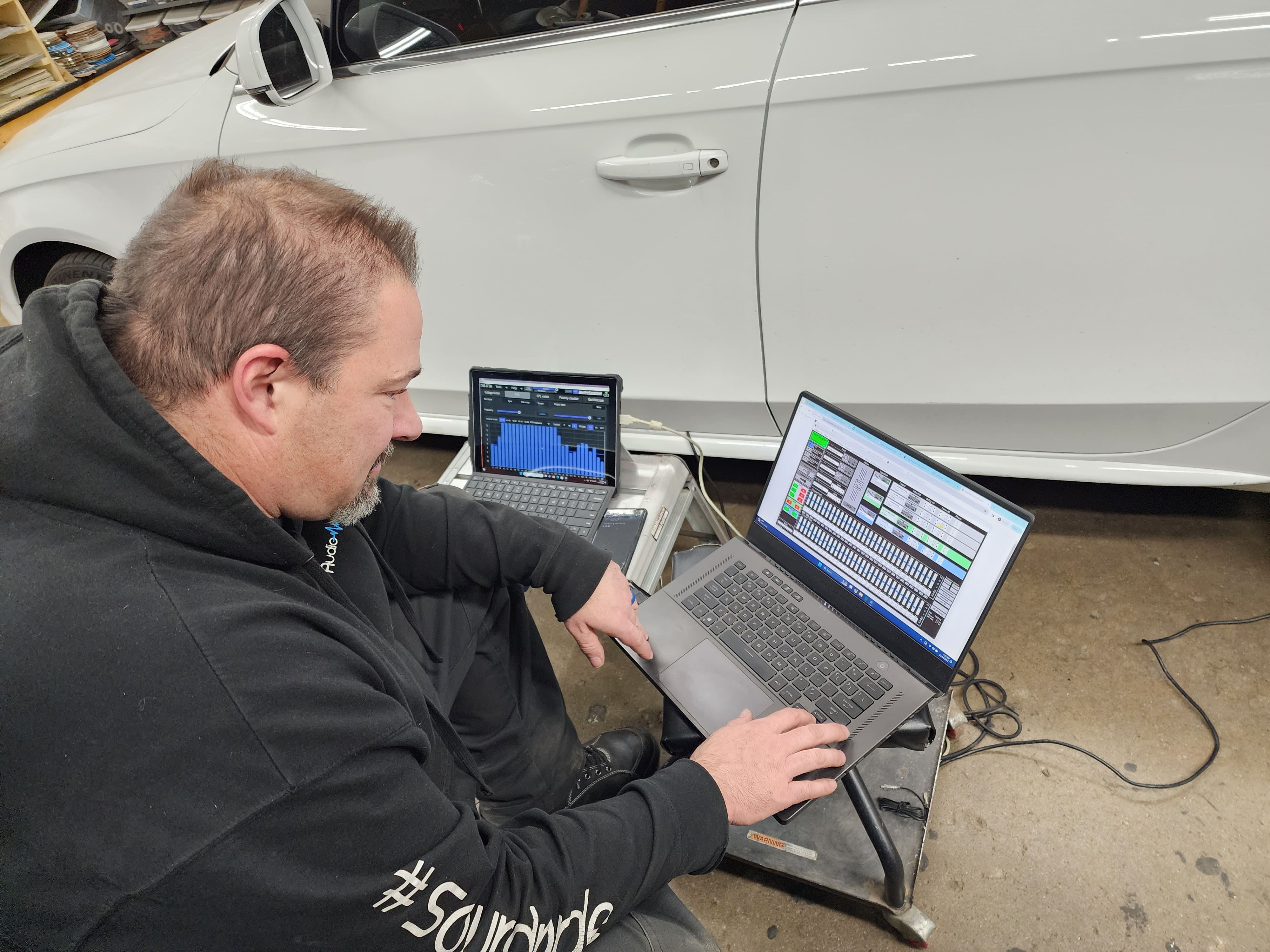Behind the Brands: Why Audio Electronics Partners with Top Manufacturers for Your Car
Why Audio Electronics Teams Up with the Best for Premium Car Sound Systems

In the competitive world of car audio, discerning consumers and audiophiles understand the importance of high-quality sound systems in enhancing their driving experience. The collaboration between audio electronics companies and top car stereo manufacturers plays a crucial role in delivering exceptional audio performance. By teaming up with the best car audio brands, these partnerships ensure that the latest technologies and designs are integrated into each product. This synergy results in branded car speakers and trusted car audio products that not only meet but exceed the expectations of brand-conscious consumers. In this article, we’ll explore why choosing quality car electronics brands means investing in superior sound quality and reliability for your vehicle.
The Power of Collaboration
Collaboration is the cornerstone of innovation in the car audio industry. Let’s explore why partnerships between audio electronics companies and top manufacturers are crucial for delivering premium sound experiences to consumers.
Why Team Up with the Best
When audio electronics companies join forces with top car stereo manufacturers, they create a powerhouse of expertise. This collaboration brings together specialized knowledge from both sides of the industry.
By working with the best, companies can access cutting-edge technology and design capabilities. This means better products for consumers who want top-notch sound in their vehicles.
Teaming up also allows for shared research and development costs. This can lead to more innovative products hitting the market faster, benefiting both the companies and their customers.
Benefits of Trusted Partnerships
Trusted partnerships in the car audio world lead to several key advantages for consumers and companies alike. These collaborations often result in more reliable and higher-quality products.
When brands work together, they can combine their strengths. For example, one company might excel in speaker design, while another has mastered amplifier technology. Together, they create a superior sound system.
Long-term partnerships also foster consistency in product quality. Consumers can trust that products from these collaborations will meet high standards time after time.
Building Quality Car Electronics
Quality car electronics are the result of careful planning, expert design, and rigorous testing. When top brands collaborate, they bring all these elements together.
The process starts with identifying consumer needs and preferences. Teams then work on designs that meet these requirements while pushing the boundaries of what’s possible in car audio.
Manufacturing involves using high-grade materials and precise techniques. Quality control checks at every stage ensure that each component meets strict standards before it reaches the consumer.
Spotlight on Top Brands

The car audio market is home to several standout brands known for their commitment to quality and innovation. Let’s take a closer look at some of the industry leaders and what sets them apart.
Leading Car Audio Brands
Some car audio brands have built reputations for excellence over decades. These companies consistently deliver high-quality products that audiophiles and casual listeners alike appreciate.
Brand A, for instance, is known for its crystal-clear sound reproduction. They’ve perfected speaker technology that minimizes distortion even at high volumes.
Brand B, on the other hand, focuses on powerful bass. Their subwoofers are a favorite among those who enjoy deep, rich low frequencies in their music.
Brand C stands out for its user-friendly interfaces. Their head units combine great sound with intuitive controls, making them a top choice for many consumers.
Choosing the Right Stereo Manufacturers
Selecting the right stereo manufacturer is crucial for getting the best sound in your car. It’s not just about brand names, but about finding a company that aligns with your audio preferences.
Consider factors like sound quality, durability, and customer support when making your choice. Read reviews from other users and professional audio critics to get a well-rounded view.
Don’t forget to think about compatibility with your vehicle. Some manufacturers specialize in systems for specific car brands or models, which can ensure a perfect fit.
Branded Car Speakers Explained
Branded car speakers are more than just a name – they represent a promise of quality and performance. These speakers are often the result of extensive research and development.
Many branded speakers use proprietary materials and designs. For example, some might use carbon fiber or titanium components for better sound reproduction.
Installation is another factor to consider. Some branded speakers are designed for easy, direct replacement of factory speakers, while others might require more extensive modifications.
Ensuring Quality in Sound

Quality assurance is a critical part of producing top-tier car audio products. From initial design to final testing, every step is important in creating trusted car audio products.
Testing for Trusted Car Audio Products
Testing is a crucial step in ensuring that car audio products meet high standards of quality and performance. This process involves several stages and specialized equipment.
Sound engineers use anechoic chambers to test speakers in isolation. These rooms eliminate outside noise and reflections, allowing for precise measurements of sound output.
Durability testing involves subjecting products to extreme conditions. This might include temperature changes, vibration tests, and long-term usage simulations.
Real-world testing in various vehicle types helps ensure that products perform well in actual driving conditions. This step can reveal issues that might not show up in lab tests.
The Art of Crafting Premium Sound
Crafting premium sound for cars is a blend of science and art. It requires a deep understanding of acoustics, electronics, and the unique environment of a vehicle interior.
Sound engineers start by analyzing the acoustic properties of different car models. They then design speaker systems that can overcome challenges like road noise and varying listening positions.
The choice of materials plays a big role in sound quality. Premium components like high-grade magnets and carefully engineered cones can make a significant difference in audio performance.
Tuning is the final touch in creating premium sound. Expert technicians adjust various parameters to achieve the best possible audio experience for each specific car model.
Importance of Quality Control
Quality control is the backbone of producing reliable and high-performing car audio products. It ensures that every item that reaches the consumer meets strict standards.
The quality control process begins at the component level. Each part is inspected and tested before it’s approved for use in the final product.
During assembly, multiple checkpoints ensure that everything is put together correctly. This includes visual inspections and functional tests at various stages.
Final testing involves comprehensive checks of the completed product. This might include sound quality tests, durability assessments, and compatibility verifications with different car models.
Custom Installations and You
Custom installations offer a way to take your car’s audio system to the next level. Let’s explore how you can personalize your sound experience and what to keep in mind when considering a custom setup.
Personalizing Your Car’s Sound
Personalizing your car’s sound system allows you to create an audio experience tailored to your preferences. It’s about more than just choosing speakers – it’s about crafting your ideal listening environment.
Start by considering your musical tastes. Do you prefer crisp highs for classical music, or deep bass for hip-hop? Your preferences will guide your component choices.
Think about how you use your car. If you spend a lot of time in traffic, you might want a system optimized for low-volume clarity. For long road trips, you might prioritize powerful, fatigue-free sound.
Don’t forget about aesthetics. Custom installations can be designed to complement or enhance your car’s interior design.
What to Consider in Custom Setups
When planning a custom car audio setup, there are several key factors to keep in mind. These considerations will help ensure you get the best possible results.
Budget is often the first consideration. Custom setups can range from simple upgrades to complex, high-end systems. Be clear about what you’re willing to spend.
Vehicle compatibility is crucial. Some cars are easier to modify than others. Consider consulting with a professional to understand what’s possible with your specific vehicle.
Future-proofing is worth thinking about. Consider choosing components and designs that will allow for easy upgrades or changes in the future.
Installation quality can make or break a custom setup. Choose a reputable installer with experience in custom work to ensure the best results.
Case Studies: Success Stories
Let’s look at a few real-world examples of successful custom car audio installations. These case studies highlight the potential of personalized sound systems.
Case 1: Sports Car Upgrade
-
Challenge: Limited space, desire for high-quality sound
-
Solution: Compact, high-performance components, custom-built enclosures
-
Result: Audiophile-grade sound without compromising cargo space
Case 2: Family SUV Transformation
-
Challenge: Creating separate zones for front and rear passengers
-
Solution: Multi-zone audio system with independent controls
-
Result: Parents enjoy their music while kids watch movies in the back
Case 3: Classic Car Integration
-
Challenge: Adding modern sound to a vintage vehicle
-
Solution: Hidden modern components, period-correct appearance
-
Result: High-tech sound system that maintains the car’s classic look
Future of Car Audio
The car audio industry is constantly evolving, with new technologies and trends shaping the future of in-vehicle sound. Let’s explore what’s on the horizon for car audio enthusiasts.
Trends in Car Sound Systems
Car sound systems are evolving rapidly, with several key trends shaping the future of in-vehicle audio experiences. These developments are changing how we think about and interact with our car’s sound system.
Wireless integration is becoming increasingly important. Many new systems offer seamless connectivity with smartphones and other devices, allowing for easy streaming and control.
Voice control is another growing trend. As AI assistants become more sophisticated, we’re seeing more car audio systems that can be controlled entirely by voice commands.
Personalized audio zones are gaining popularity, especially in larger vehicles. These systems allow different areas of the car to have independent volume and audio source control.
Innovations in Audio Electronics
The world of audio electronics is constantly pushing boundaries, bringing new technologies to enhance our listening experiences. These innovations are set to revolutionize car audio.
Digital signal processing (DSP) is becoming more advanced. These systems can now adapt to the car’s acoustic environment in real-time, optimizing sound for different driving conditions.
3D audio technology is making its way into cars. This creates a more immersive soundstage, giving listeners the feeling of being surrounded by the music.
Energy efficiency is a growing focus. New amplifier designs are delivering more power with less energy consumption, which is particularly important for electric vehicles.
Preparing for the Next Generation
As we look to the future of car audio, it’s important to consider how current systems can be prepared for upcoming technologies. This forward-thinking approach can help ensure your audio system stays relevant.
Modular designs are becoming more common. These allow for easier upgrades and replacements as new technologies become available.
Software updateability is increasingly important. Look for systems that can receive over-the-air updates to add new features and improve performance over time.
Consider compatibility with emerging standards. As new audio formats and connectivity protocols emerge, having a system that can adapt will be crucial.
